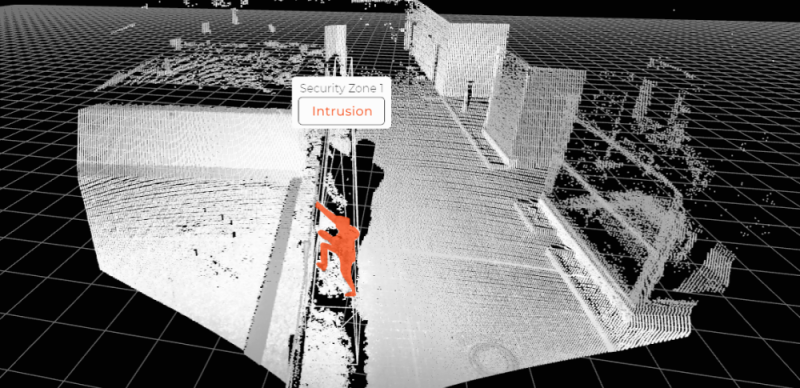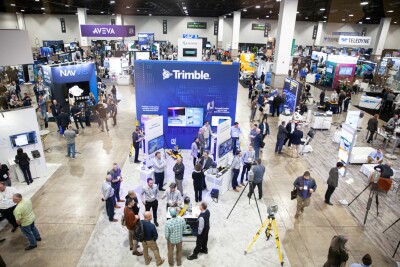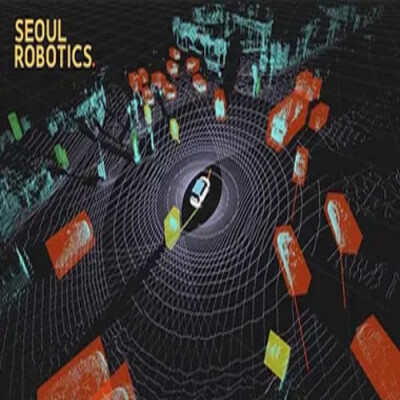3D technology is getting more important in the security industry as it meets multiple challenges that other technologies do not. False alarms caused by weather conditions, small animals, and changes in lighting conditions result in high costs. 2D laser and camera technology have their benefits but do not provide location information, object-based detection, or determination of the object size.
Lidar makes it possible to determine the size and direction of objects, which is beneficial for lowering the amount of false alarms in security applications. Other benefits of lidar are privacy protection through anonymized 3D data, reliable detection in poor weather conditions, and being suitable for indoor and outdoor operation.
How it works
Blickfeld QbProtect is the first smart 3D security lidar without any rotating components. It generates precise and detailed 3D points. The lidar sensor is based on Blickfeld’s Qb2 lidar, and provides on-device data processing, so no external pc is required. A web-based user interface enables users to display the point cloud and define, adjust, and place security zones using drag-and-drop. They can set the object size at which an alarm is triggered upon entry into the security zone. Exclusion of false alarm sources such as vegetation or small animals is also possible.
The solution is available in a single or duo-sensor version. The FoV of a single sensor is 90 degrees and measures a range of 60 meters, and 120 meters when using two sensors back to back. In only 30 seconds, the system can understand a scene, determine all moving objects, and label these depending on their size.
Practical applications
In a recent webinar, Blickfeld covered several practical applications where the system is used. One of these is for the protection of parked luxurious cars in a larger parking area that is accessible to the public. The solution enables placement of 3D zones around parked cars, triggering a pre-alarm if a person gets too close to a parked vehicle, and a secondary one if remaining there for a suspicious amount of time.
The largest application where the solution is used is fence protection, so detection in the event of a climb-over or crawl-under attempt. In cities, lidar is a great alternative when cameras are not allowed, and where workers’ privacy protection is a requirement. In more complex situations, for example, gates with separate entrances for cars and pedestrians, the system’s intelligence comes to light. By defining different triggers for different security zones within a single scene, the system can detect when a person tries to enter through a vehicle gate and trigger an alarm. In case of doubt, the web interface provides data visualizations for human verification of the situation.






